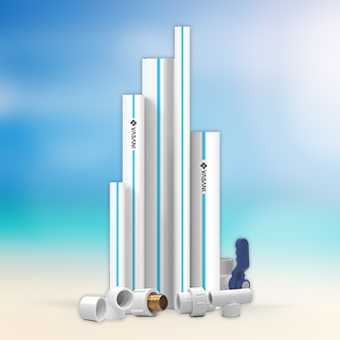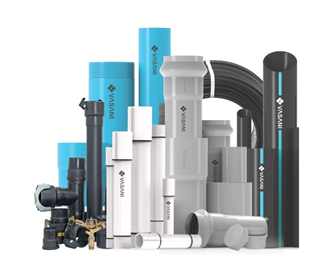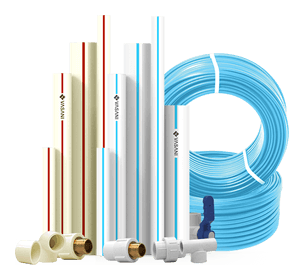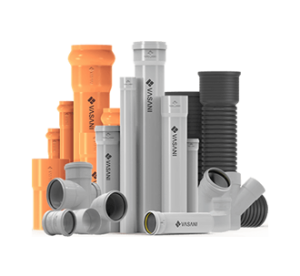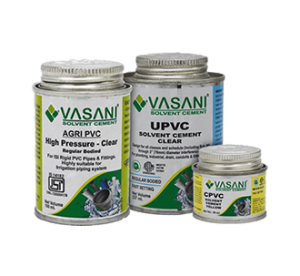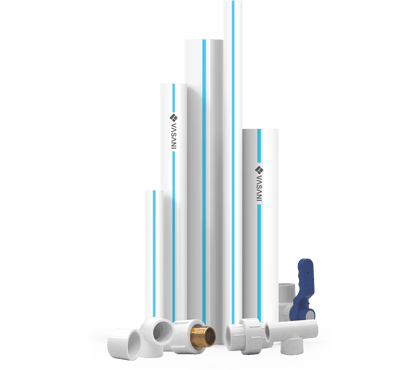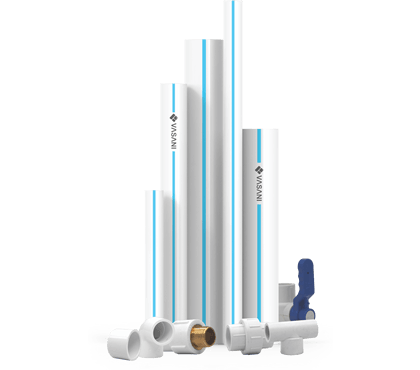
uPVC Plumbing Pipes & Fittings
Product Brief
- HSN Code : Pipes- 39172390 & Fittings – 39174000
- Material: Unplastisized Polyvinyl Chloride (uPVC).
- Pressure Rating: Schedule 40 & 80
- Size: 1/2″ to 4″
- Standard: ASTM D-1785
- Colour: White
Form Supplied: uPVC Plumbing pipe with 3mtr to 6mtr length.
uPVC Plumbing Fittings
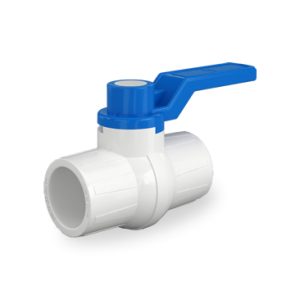
Ball Valve
More Details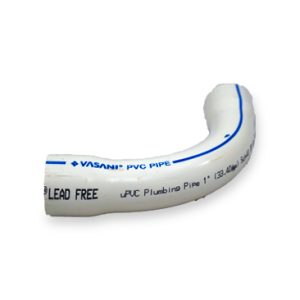
Bend Fabricated 90 Sch 40
More Details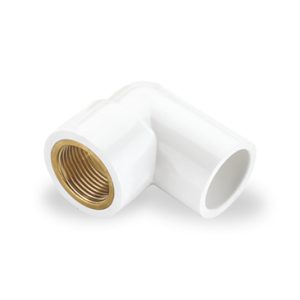
Brass Elbow
More Details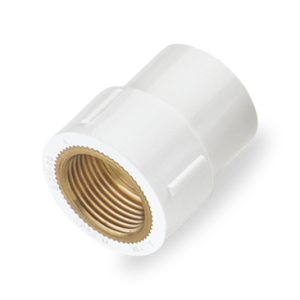
Brass F.T.A.
More Details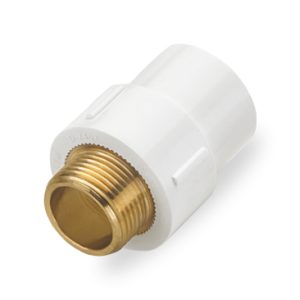
Brass M.T.A.
More Details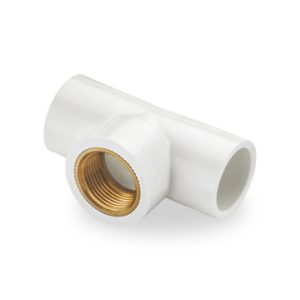
Brass Tee
More Details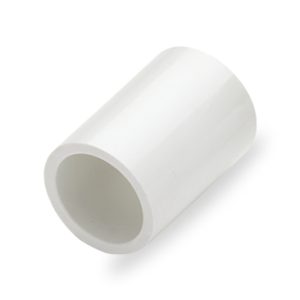
Coupler Socket
More Details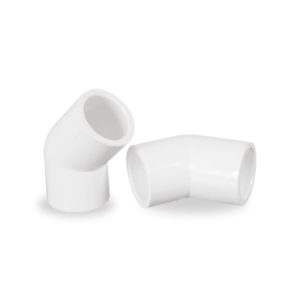
Elbow 45
More Details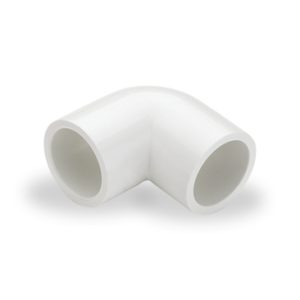
Elbow 90
More Details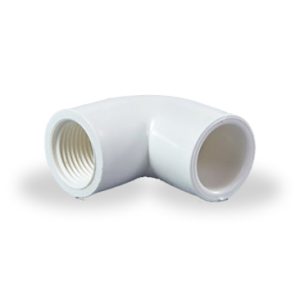
Elbow Threaded 90
More Details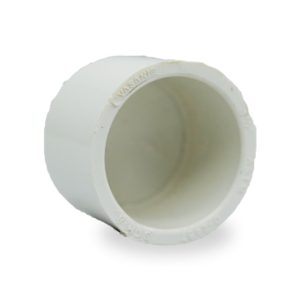
End Cap
More Details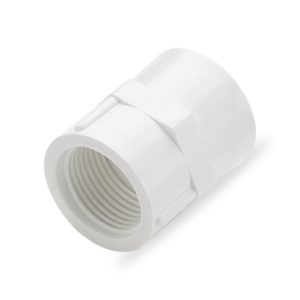
F.T.A
More Details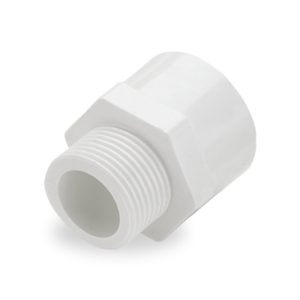
M.T.A
More Details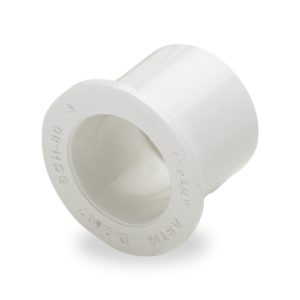
Reducer Bush
More Details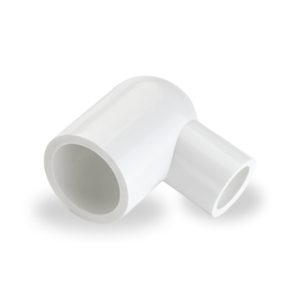
Reducer Elbow
More Details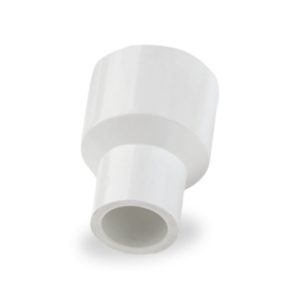
Reducer Socket
More Details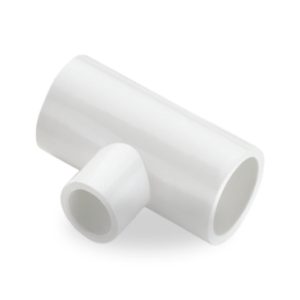
Reducer Tee
More Details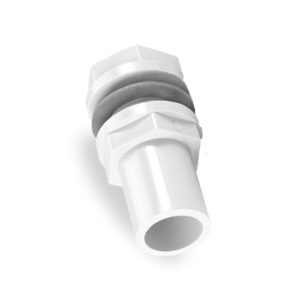
Tank Connector
More Details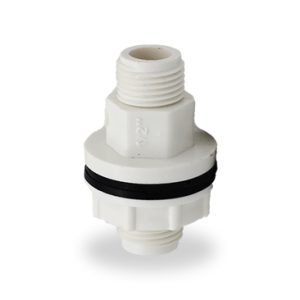
Tank Nipple
More Details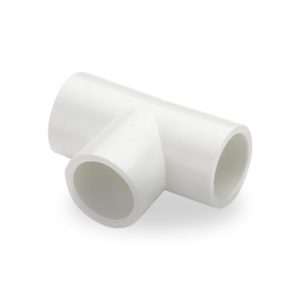
Tee
More Details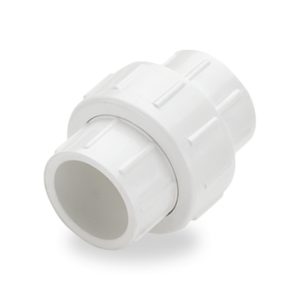
Union
More DetailsAdvantages
Strong, Durable and Maintenance free
Completely non-toxic Suitable for Portable Water Application and free from odor and taste
Easy solvent Weld Jointing With Proven Track Record
Fire Resistance
Eco-Friendly, Light weight and Cost Effective
Low Friction Loss and Resistance to Scaling
Easy to Transport and Install
Non- Corrosive, Does not rust
Technical Details
Jointing
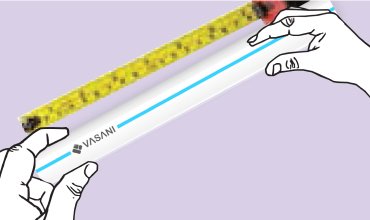
Measuring
Measure the required length of pipe and marking done.
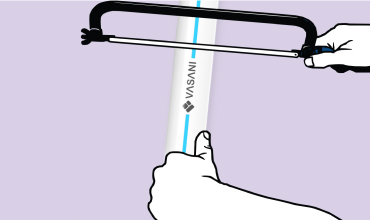
Cutting
The pipe must be cut in a square shape. The base of the fitting socket needs a rubber ring to seal it, since an angled cut may result in leakage.
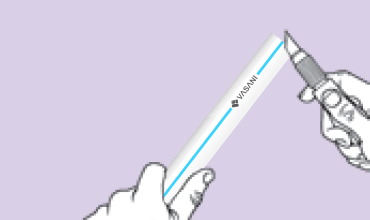
Deburring & Chamfering
All the burr must be removed from the inside and outside of the pipe with a knife, file or de-burring tool. A 10° – 15° chamfer must be made at the end of the pipe.
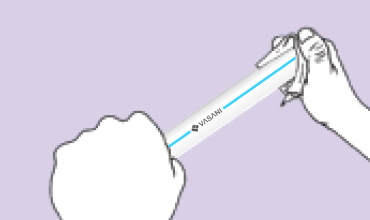
Cleaning
The surface dirt, grease or moisture must be removed with a clean dry cloth.
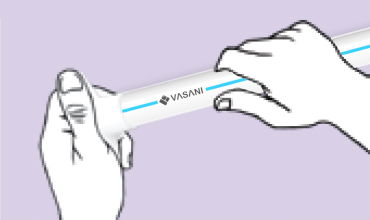
Check Dry Fit
Using light pressure, the pipe should be inserted one third to half the way into the socket. Note that pipes and fittings that are too tight or too loose should not be used.
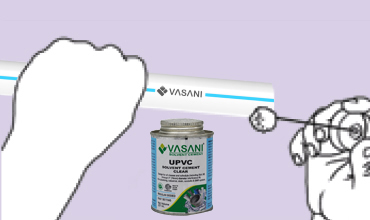
Solvent Cement Application
An even layer of cement should be applied to the outer side of the pipe and a medium layer of the plumbing solvent cement to the inside of a fitting.
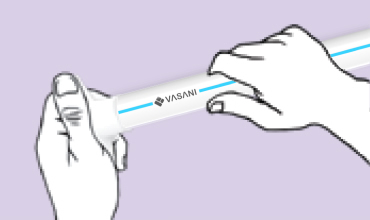
Assembly
Join the pipe and fitting socket till in contact with the socket bottom. Hold the pipe and fitting together until the pipe does not retract. The excess cement can be removed from the exterior surface of the pipe and fitting. A properly made joint will show a continuous bead of cement around the perimeter of the pipe and fitting.
Additional Information
DO’S
• Use pipes, fittings and solvent cements manufactured by Vasani Polymers Industries for best results.
• Installation should be completed as per instructions and recommended safe practices must be followed.
• Clean the pipe and fittings with a clean dry cloth to remove any dirt.
• Keep pipe and fittings in the original packaging until needed.
• In case any crack is found in the pipe, cut a minimum of 25mm length beyond the edge of the crack.
DON’TS
• Do not use metal hooks or nails to support/hold or put pressure on the pipes.
• Do not use straps and hangers with rough or sharp edges. Do not tighten the straps over the pipes.
• Never expose the pipe to open flame while trying to bend it.
• Do not drop pipes on edges from heights. Do not drop heavy objects on pipes or walk on pipes.
• Do not use air or gases for pressure testing.
